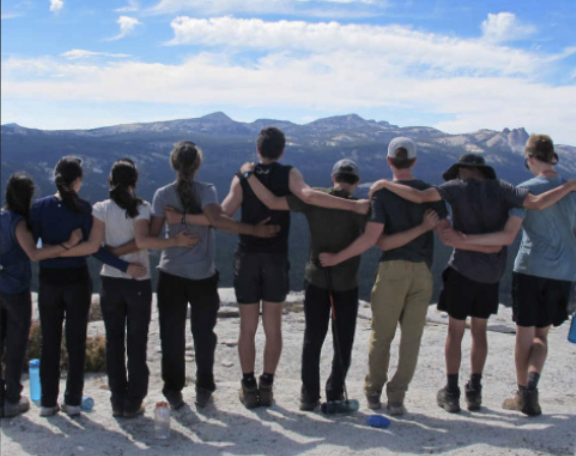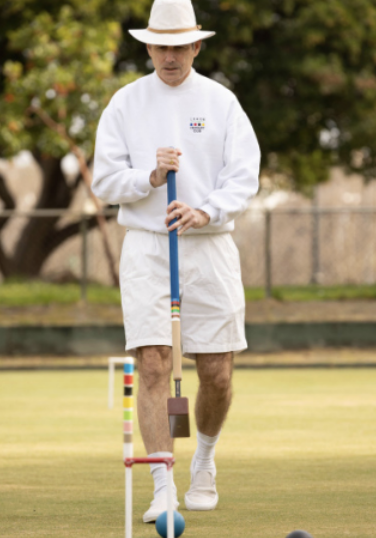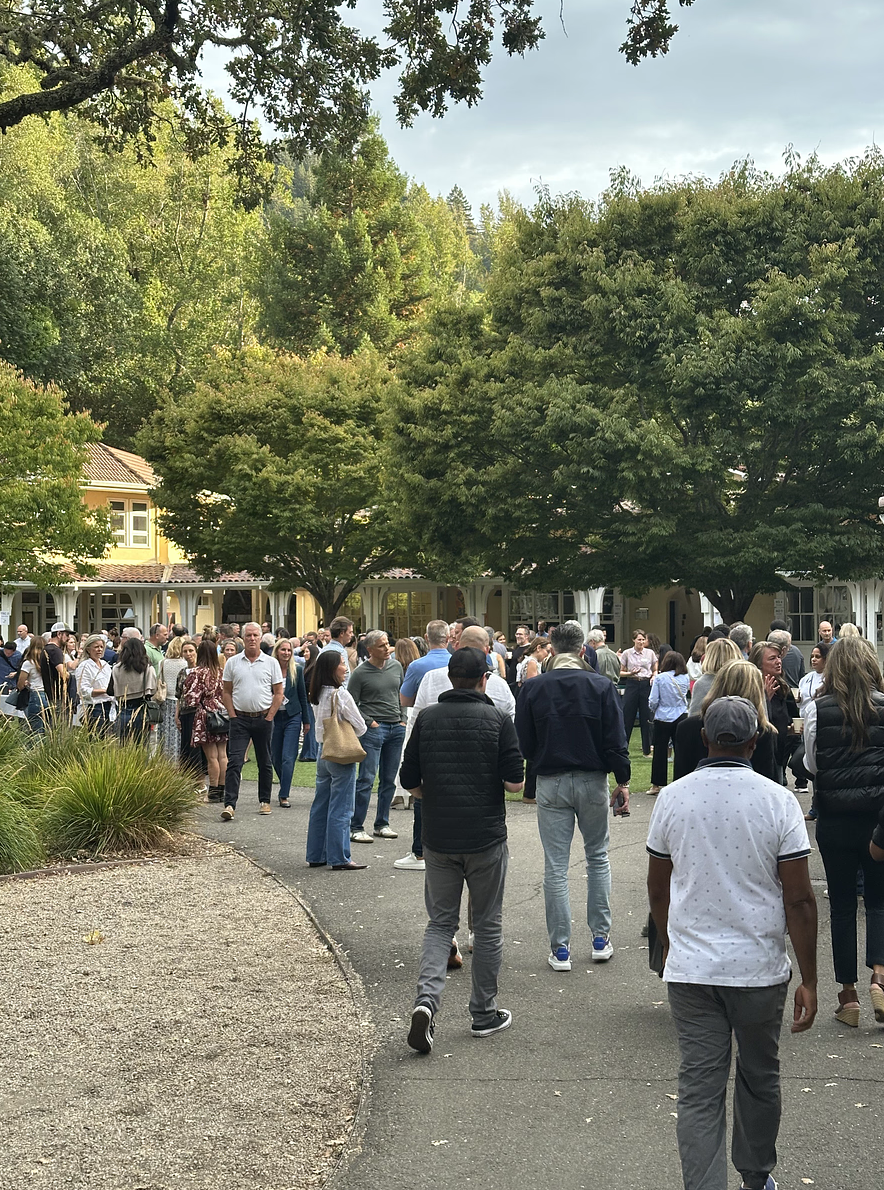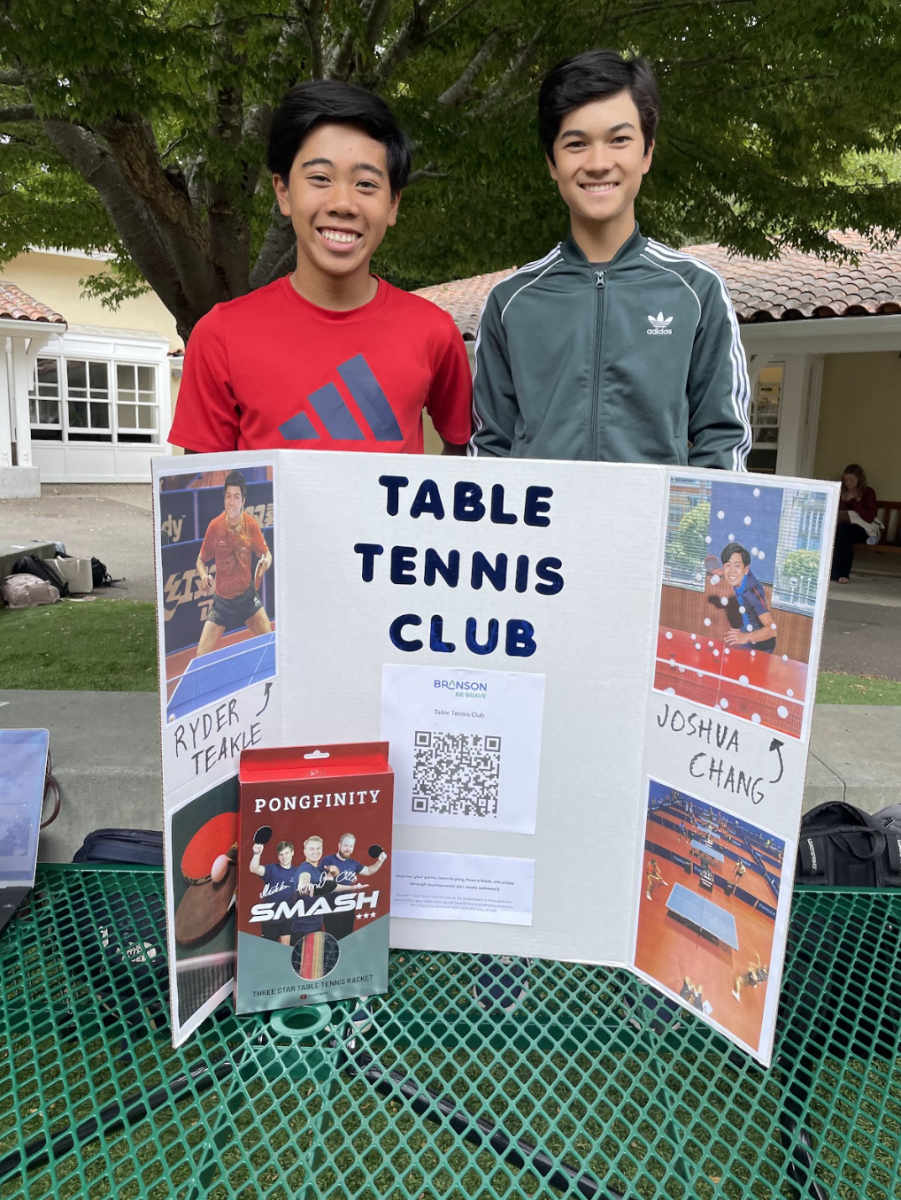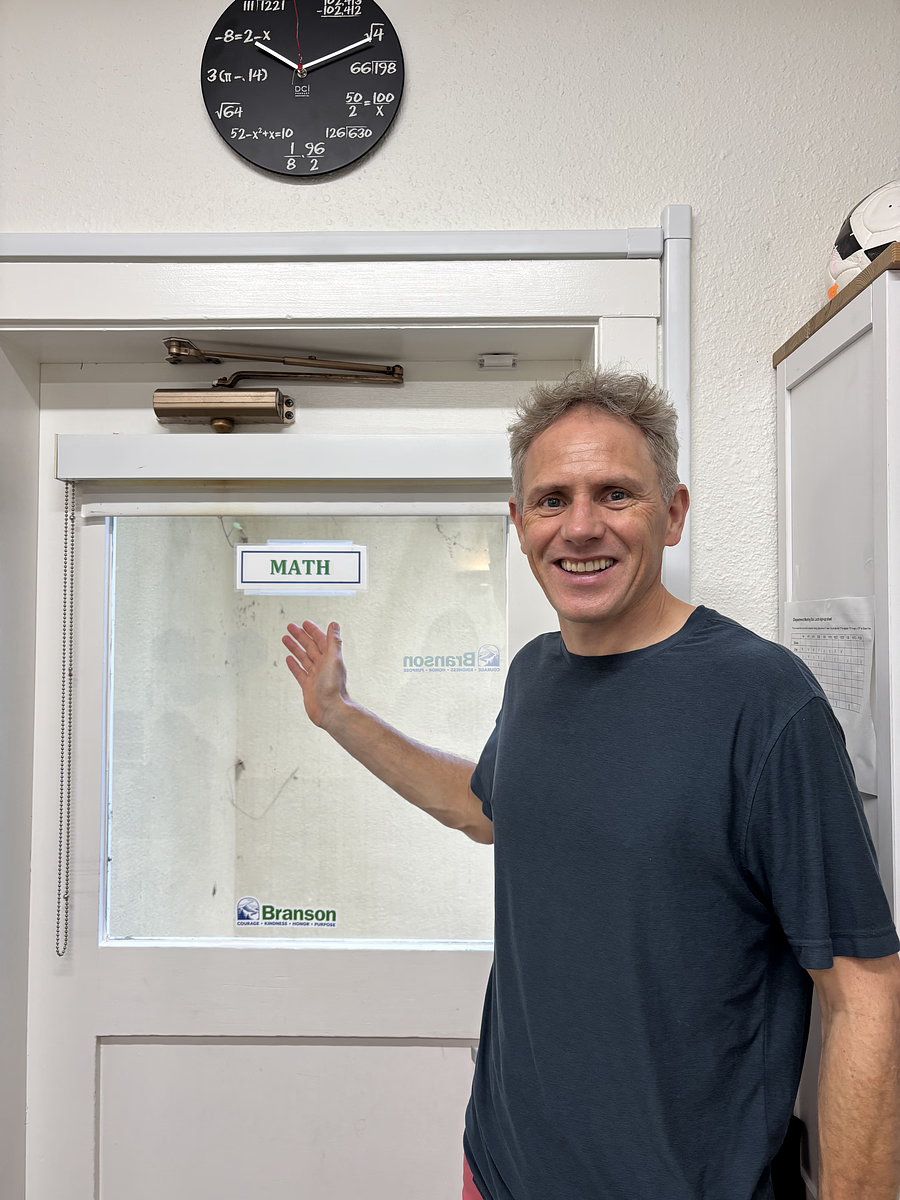As of March 11, Branson students knew which immersive would fill the last two weeks of their school year, and Taste of Italy came out on top as the most popular choice.
Taste of Italy: A Culinary and Cultural Journey Through Eight Regions was so popular, in fact, that seniors with priority filled all the spots. The immersive — taught by Gisella Petrone, the senior dean and a human development teacher, and Spanish teacher Donetella D’Aguanno — received 297 requests, meaning that roughly 75 percent of Branson’s student body had it on their list. Both teachers believe that Italian food was the biggest draw for students.
“My first ever immersive was a cooking immersive, and it wasn’t just Italy, it was basic cooking,” Petrone said. “That was a very, very popular immersive. I’m excited for the seniors to learn how to do some Italian cooking that they can bring to college.”
Similarly, Assistant Head of School for Academics and Dean of Faculty Jeff Symonds thinks seniors are drawn to it because of both the practicality and enjoyment of Italian food.
“Some seniors think a ‘life skills’ thing is what they should be doing. ‘I better learn how to balance my checkbook — finance. Or I better learn how to cook.’ That makes something popular,” Symonds said. “Do you know anybody who doesn’t like ‘Taste of Italy?’ I mean, that sounds like ‘I’ll learn how to make delicious food and eat it.’”
Unfortunately, for underclassmen who also wanted two weeks of Italian cuisine, the first priority for immersives is reserved for seniors who completed at least half of their required community engagement hours.
“We asked students to rank [the immersives] in Blackbaud, and then Blackbaud has a program inside it that can do schedules,” said Henri “Atticus” de Marcellus, Branson’s registrar. “We ran the senior requests first and put them in, then ran the juniors and put them in and then ran the sophomores and the ninth-graders.”
Of the 55 seniors who submitted at least half of their CE hours by the deadline, 91 percent of them got their first choice and the other 9 percent got their second.
“I do believe in a certain amount of ‘it’s your absolute last two weeks at Branson — you should get what you want,’” Symonds said. “There’s an honoring of that request that feels cool to me.”
There’s no tried-and-true recipe that makes an immersive popular, but de Marcellus has a few guesses based on the Top 2 choices. The silver medal for most sign-ups went to California State Parks: Conservation, Culture, and Connection.
“They’re new, which means that no one took them last year. If you can’t retake an immersive then I think that newer immersives are more likely to be popular, because people say, ‘Oh, I’ve done that one. What’s a new thing to take?’” said de Marcellus.
Branson’s policy forbids students from retaking immersives that aren’t centered around community engagement like Best Buddies or Service Animals, so popularity sways in favor of debut immersives open to anyone.
“Two other things seem to be popular: a hands-on component like woodworking or service animals or birding … and getting off Branson, going somewhere else, like the California State Parks one or A River Runs Through It,” said de Marcellus.
He does warn that sometimes prolonged field trips backfire.
“There’s that reaction [when you] do something different and off-campus, and then afterwards, [students are] like, ‘Wow, now school’s over, and I wasn’t with my friends. I didn’t see them during lunch,’” said de Marcellus.
However, the success of time away from school depends on the students and the immersive. Language Department Chair Aaron Bardo, who is co-teaching the California State Parks immersive, thinks interesting excursions off-campus would be the cherry on top of the school year for students.
“I think it’s like the perfect thing to do at the end of the year,” he said. “I think the whole reason of having immersives is to have experiential learning. And what better way than to get out and into the outdoors?”
Symonds seconds that selections for immersives are often impacted by students’ mindset at the time of requests. For example, wave weeks can impact the choices students make on their requests.

“I think it depends year-to-year on how much rocket fuel people have left in the tank when they sign up for them,” Symonds said. “If the day you set up for immersives, you’ve just taken four tests … you’re like, ‘If they try to teach me something during immersives I’m going to revolt.’”
Regardless of which immersive is most popular, Symonds always judges the success of that year’s immersives based on Day 3.
“I know that the teachers will design an experience that leads to some cool insights,” he said. “Whether or not the thing gels and everyone’s like ‘I’m digging this’ [is] year-to-year dependent on the personalities in the room. But, if I go to lunch on Wednesday and everybody’s happy, then immersives are a total success.”

